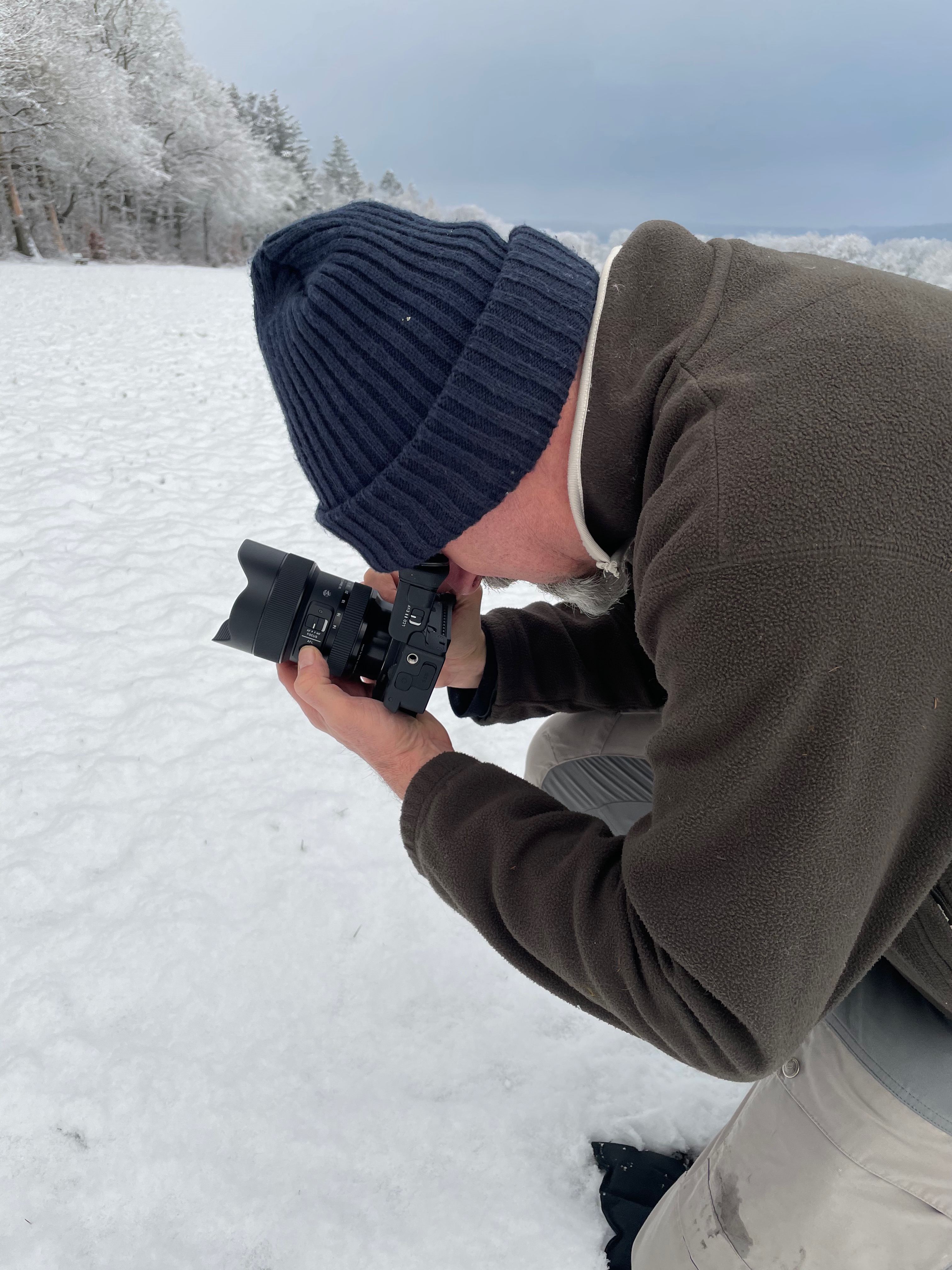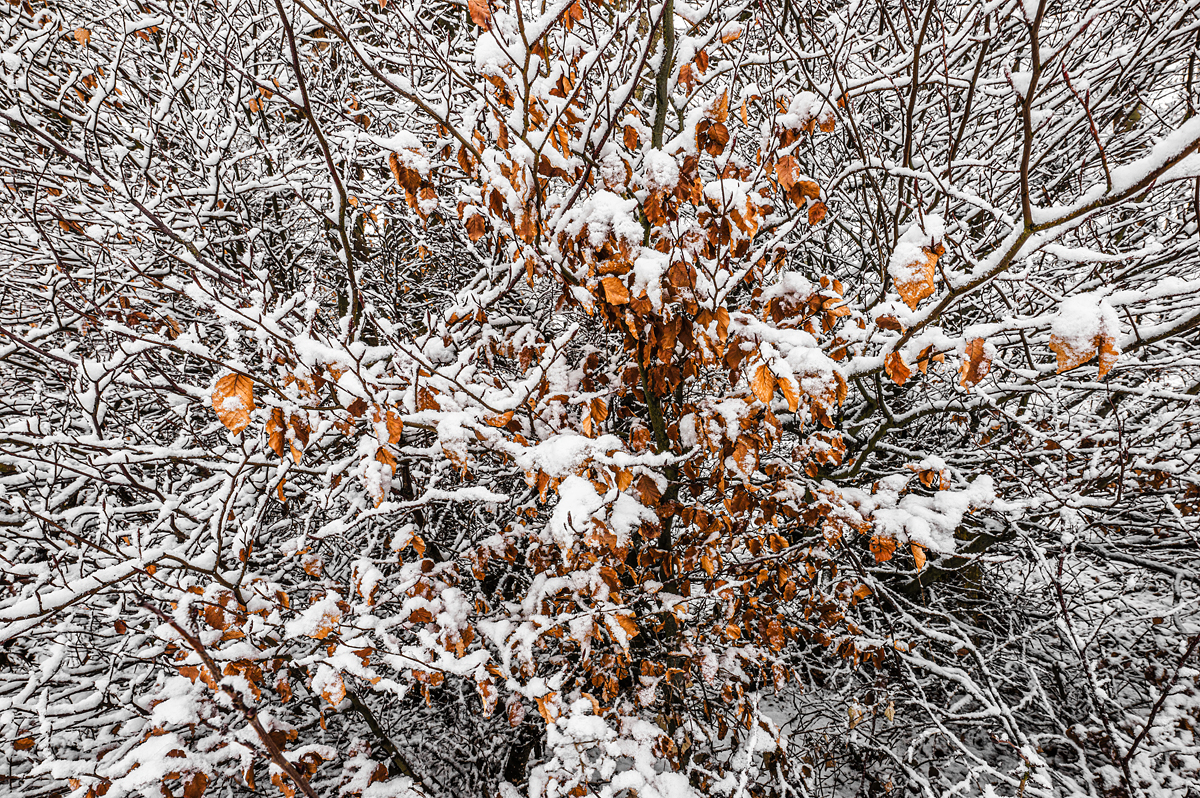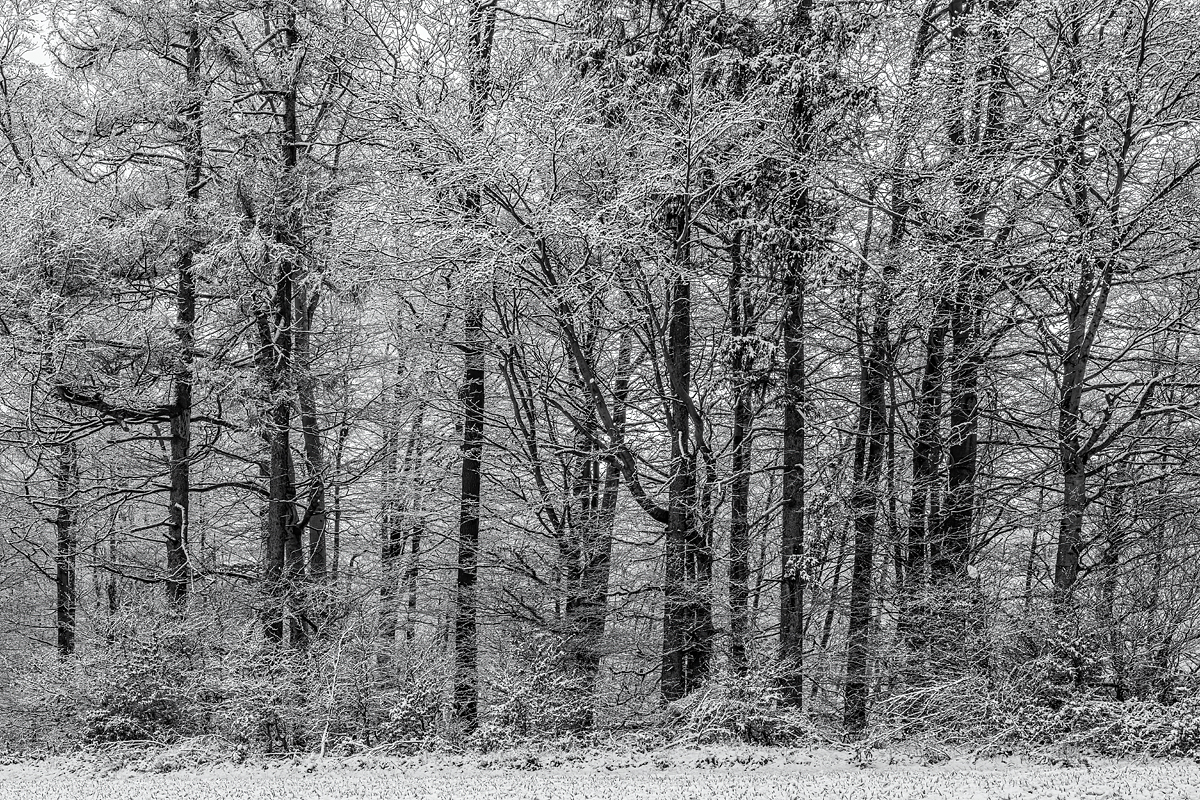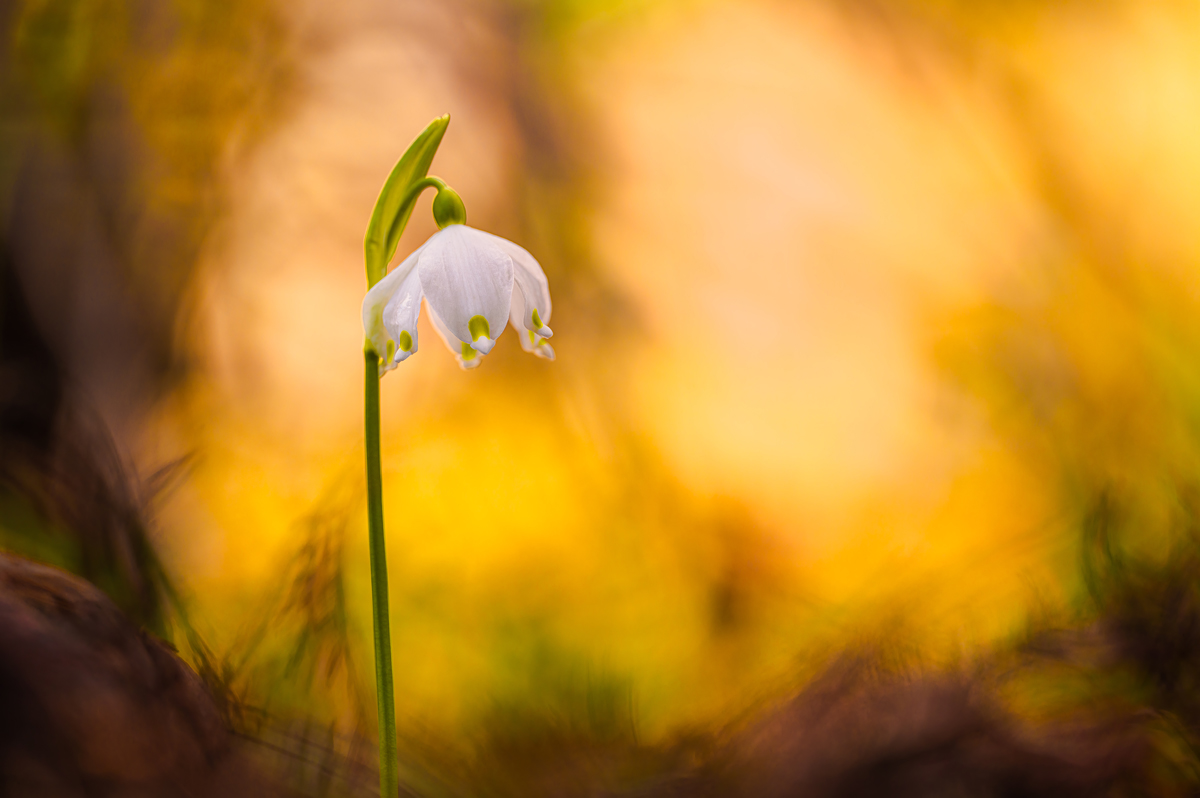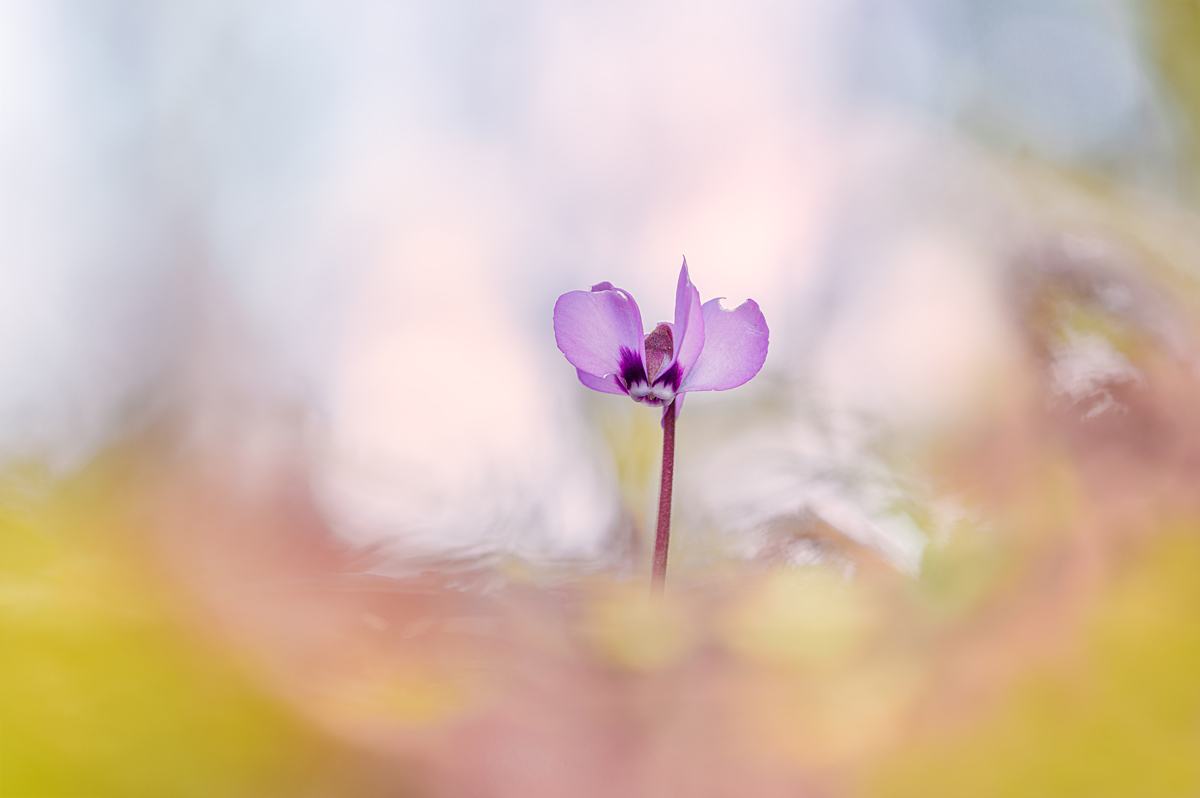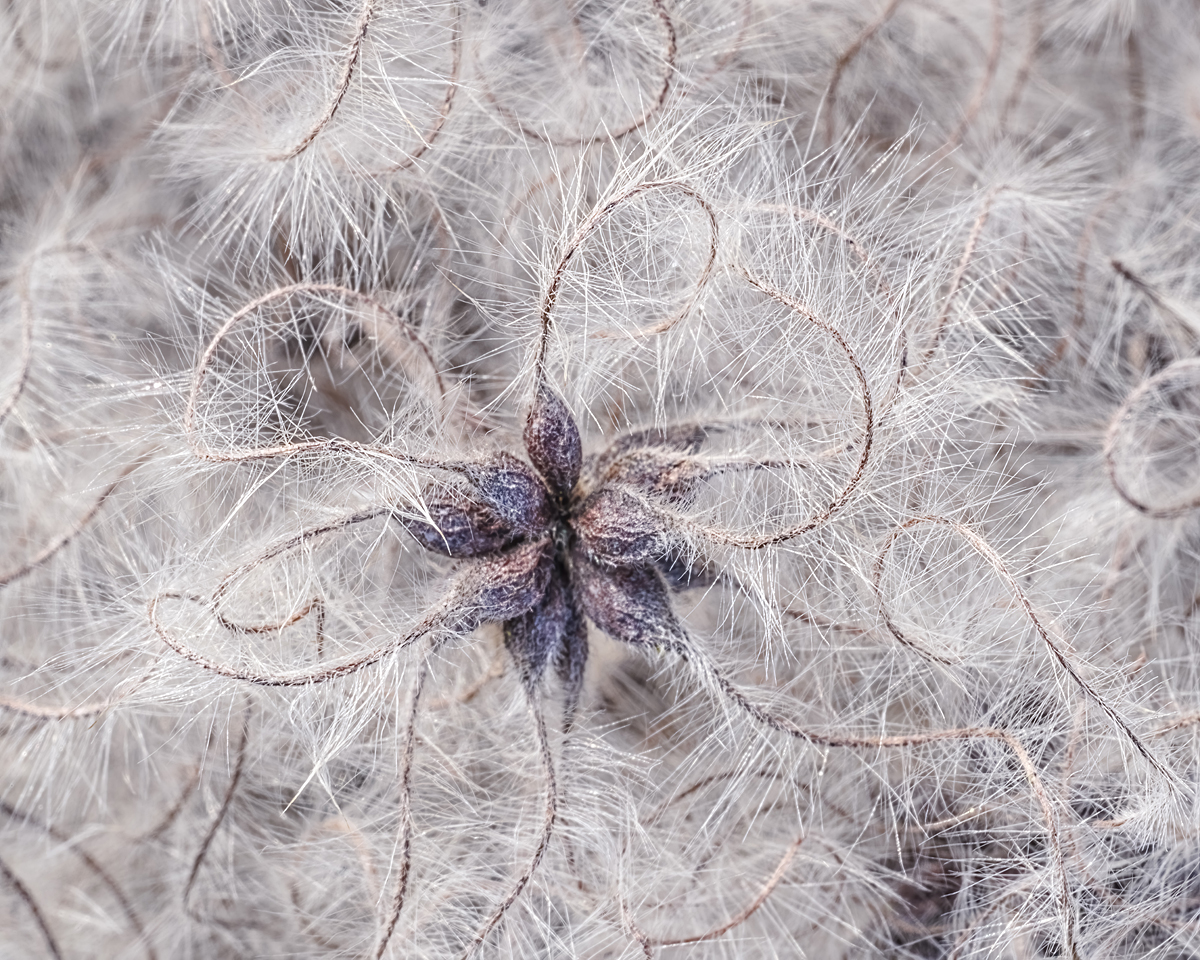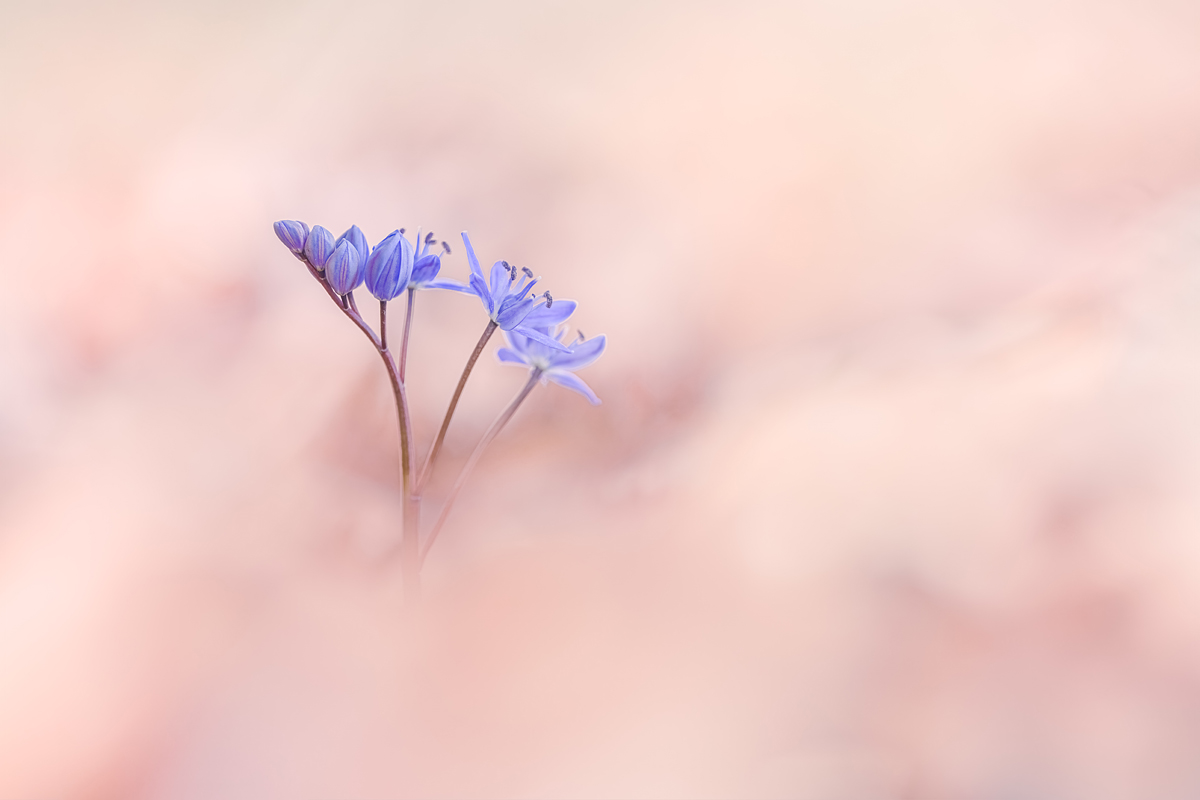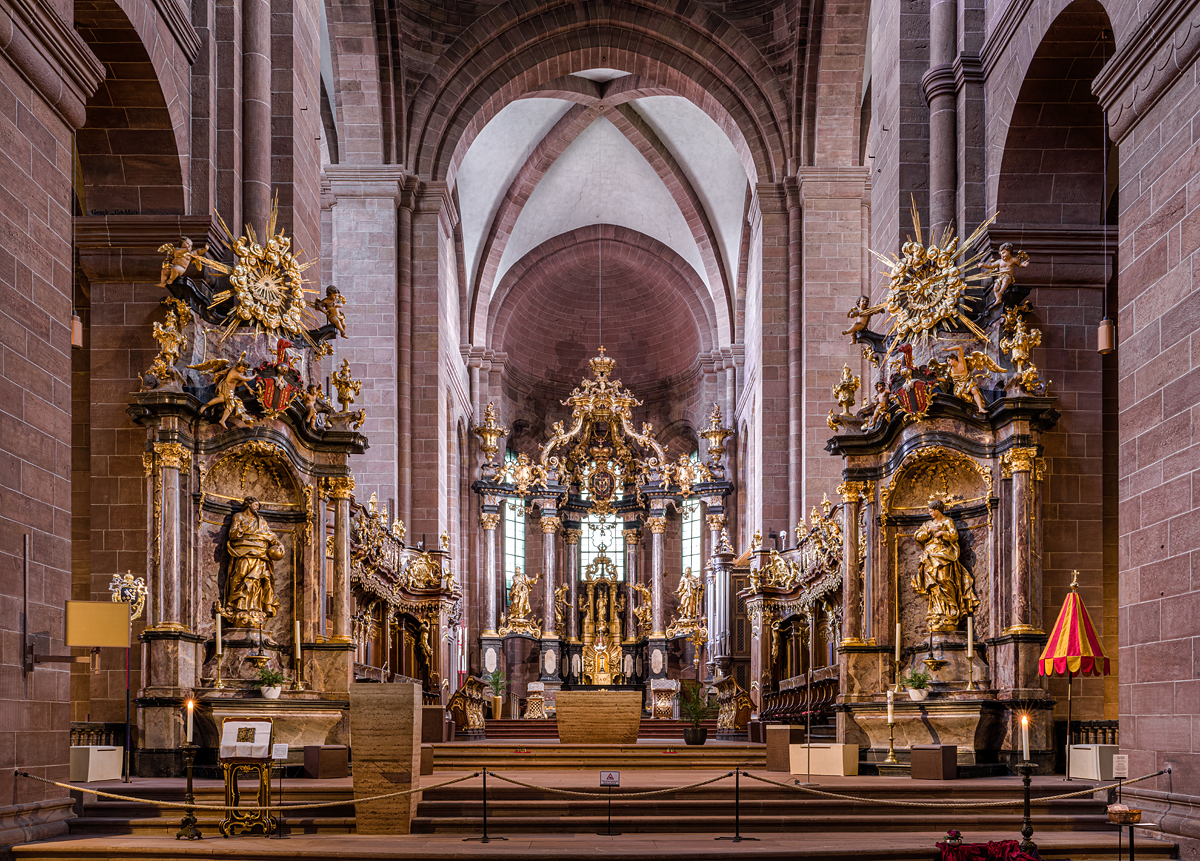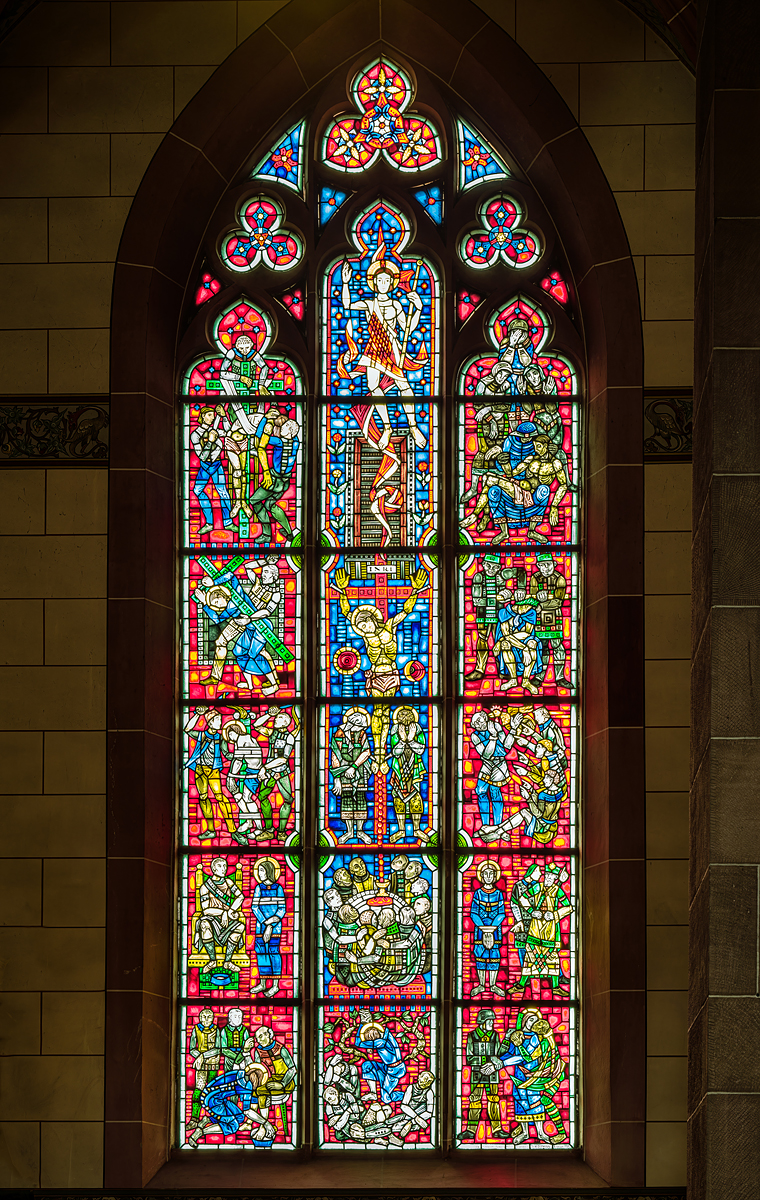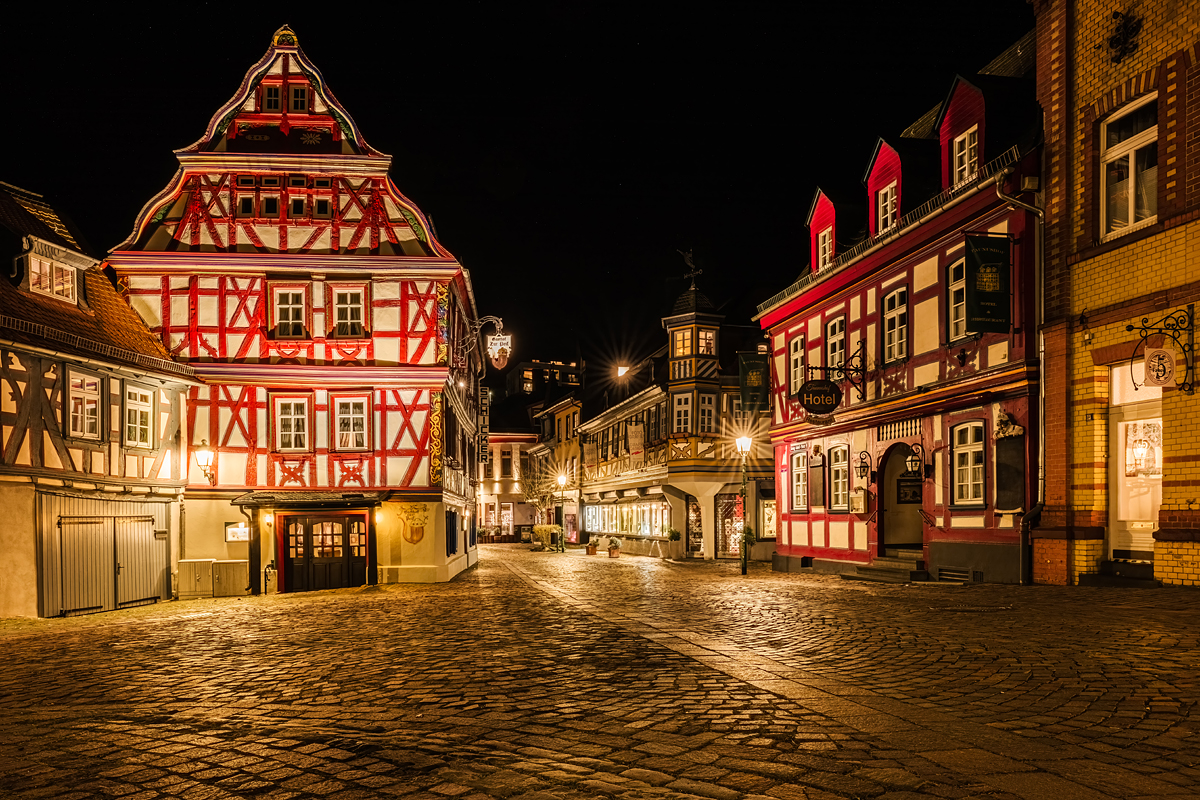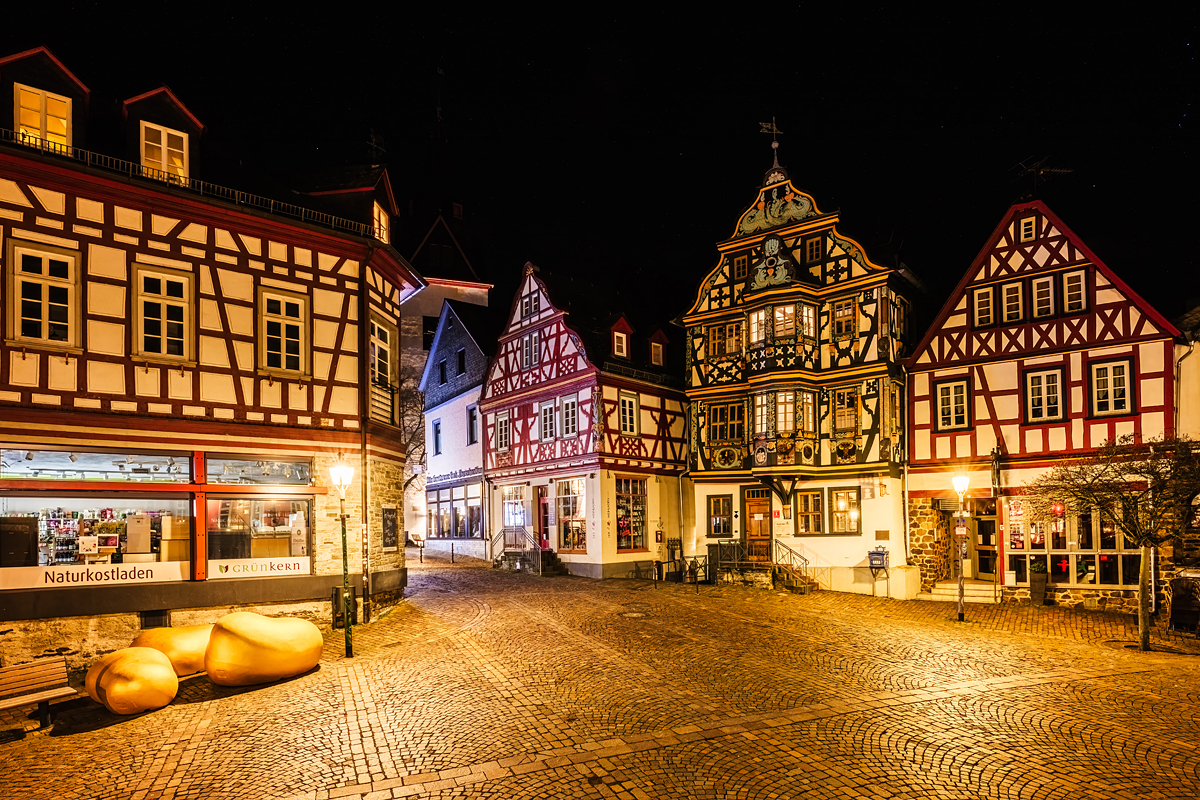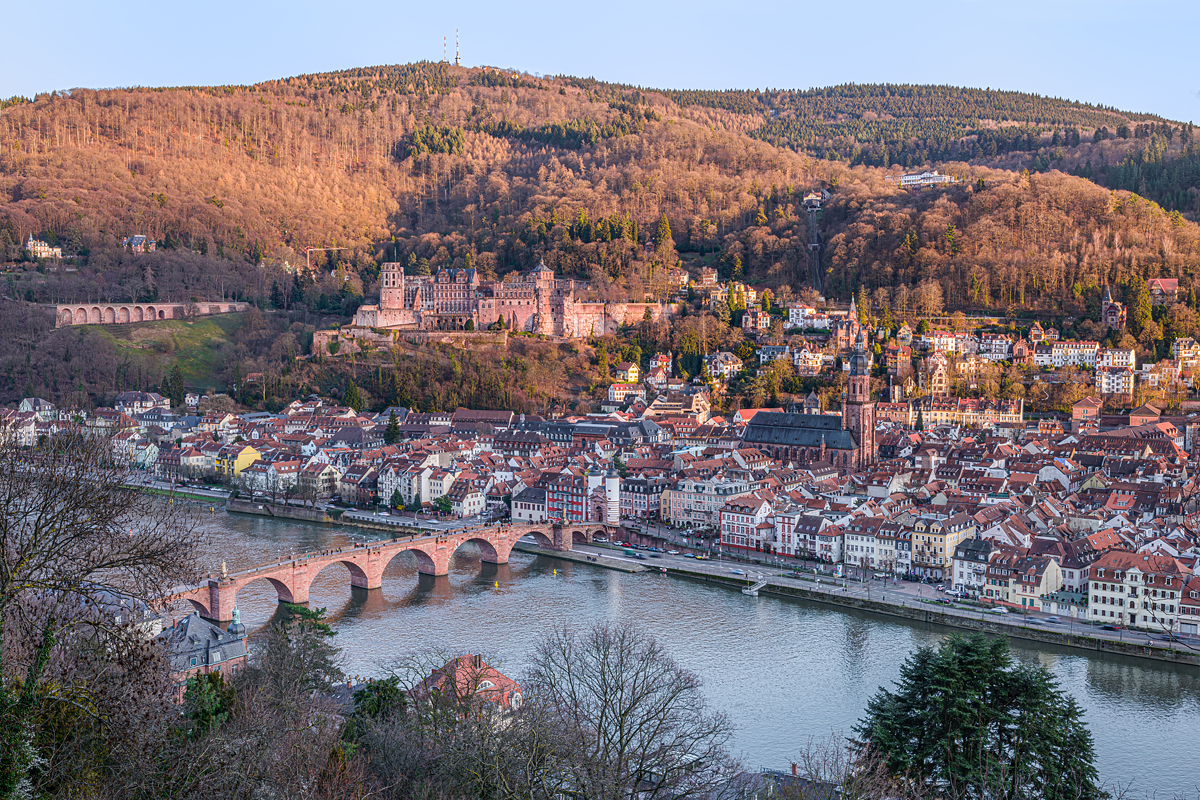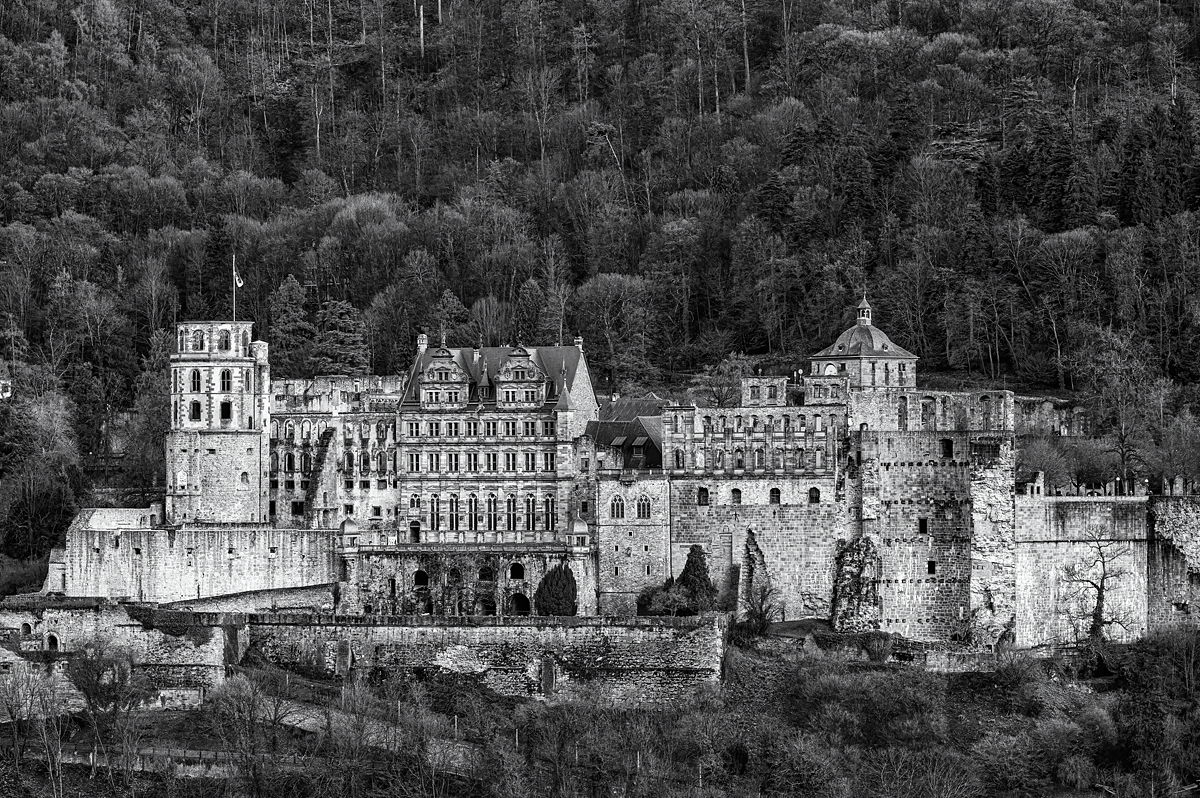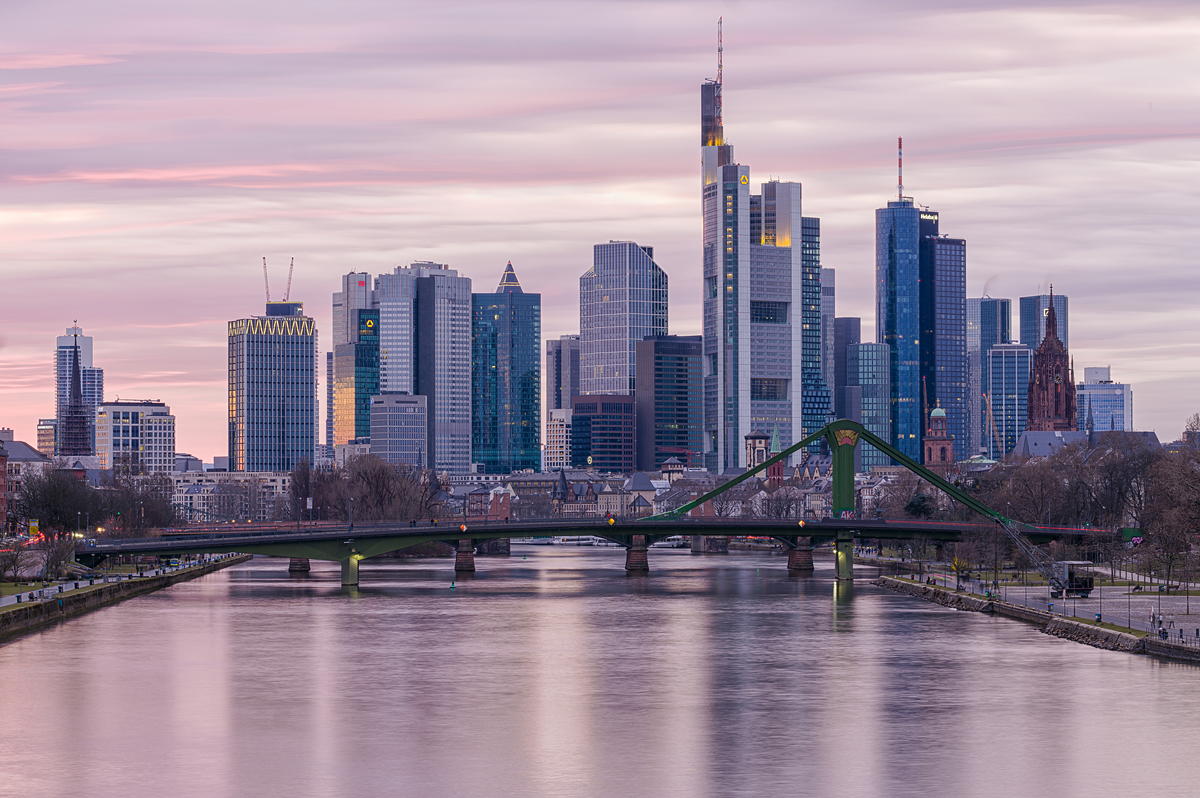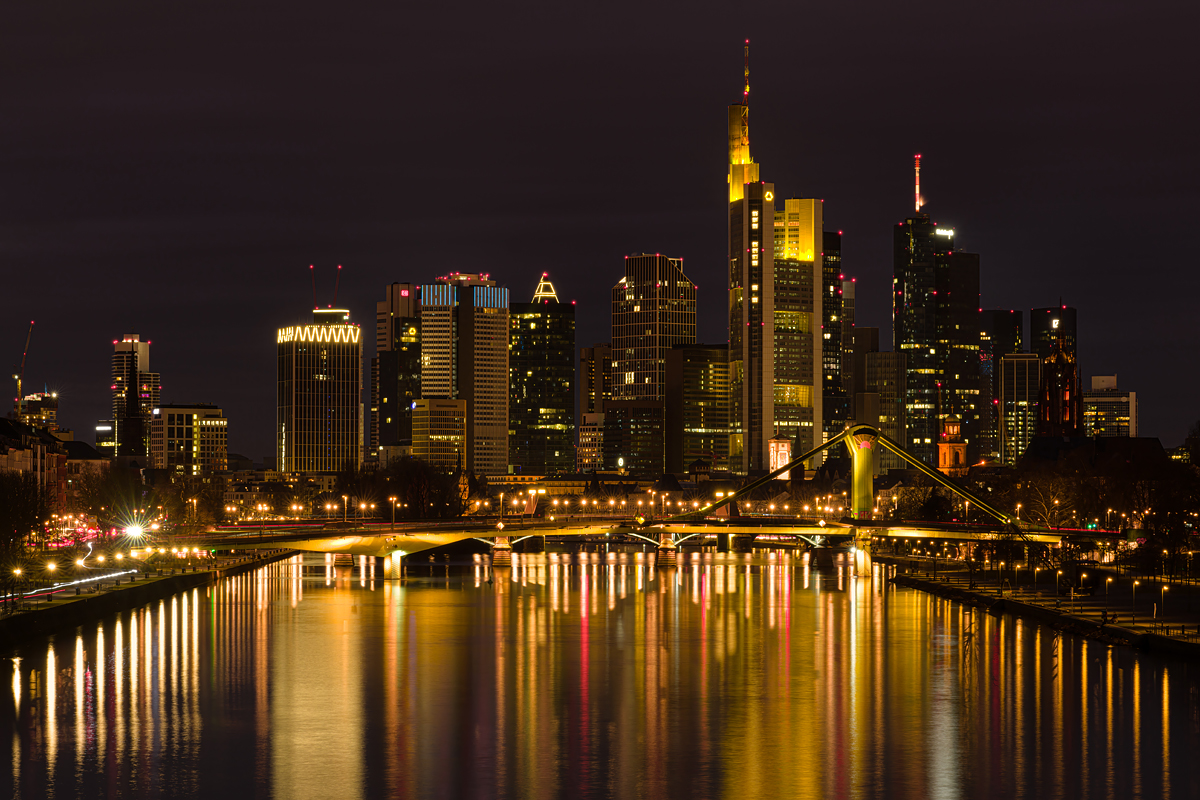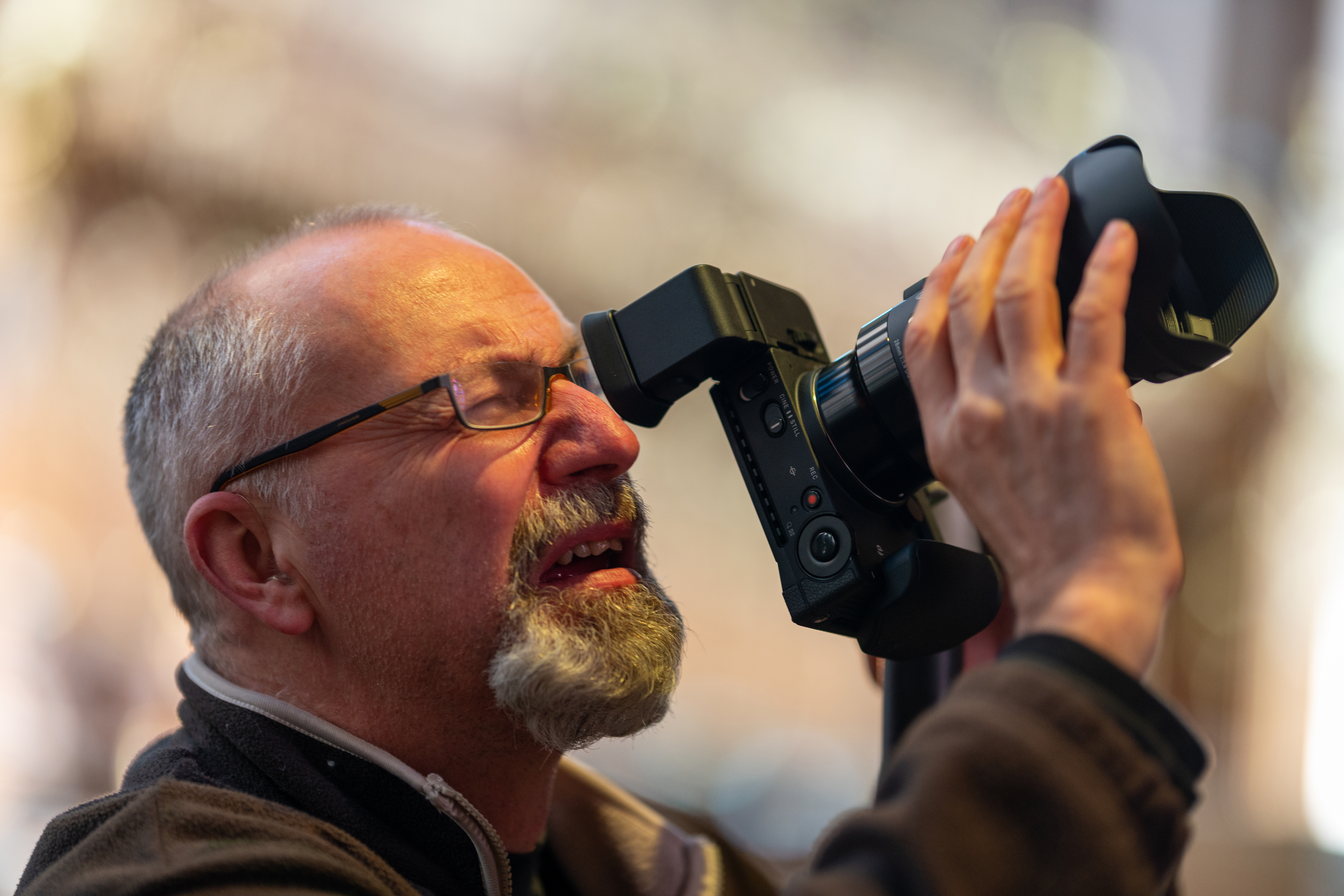“Making The Leap …”
I have been using the SIGMA fp for quite a while and the more I have used it, the more I have confirmed what I wrote in my article, “The SIGMA fp Camera”: The more you use it the more you want to use it. The very flexible concept, that is, breaking the camera down to its bare essentials and then building it up as you need it, makes a lot of sense. Well now, “The smallest and lightest full-frame camera in the world”, has just got a sibling, The SIGMA fp L and the impression that quite a few people have spent a lot of time thinking about how this concept should be further developed, continues wonderfully.

Clicking on my images will open a larger version in the Prodibi Viewer. Having been encoded for maximum quality, there may be a slight delay to the image loading.
Copyright: As with all images on this website, none of the images in this article may be copied or reproduced in any form whatsoever.
Images of the SIGMA fp and SIGMA fp L camera kindly supplied by SIGMA Deutschland GmbH.
I had the pleasure of spending 36 hours (pre-release) getting to know the SIGMA fp L and a selection of shots with my first impressions are presented here.
Crocus: SIGMA 105mm F2.8 DG DN MACRO | Art, F4.5, ISO 100, 1/60 sec., 5 Image Focus-Stack
Outwardly it is pretty much identical to the SIGMA fp with the discreet “L” on the front being pretty much the only visible indiction – the undetectable 5 grams “extra” weight being all on the inside so to say. As such, all the I said about the haptic of the original SIGMA fp HERE, holds true for the SIGMA fp L as well.
So what are the main differences: 61MP full frame vs. 24MP full frame; Phase detection autofocus; “Crop-Zoom”; Saving and reading camera Settings as a QR-Code; Power supply via USB (for Webcam use) and, last but not least, a new electronic viewfinder: EVF-11 (Following a firmware update sometime in the summer, this viewfinder will also be useable on the SIGMA fp).
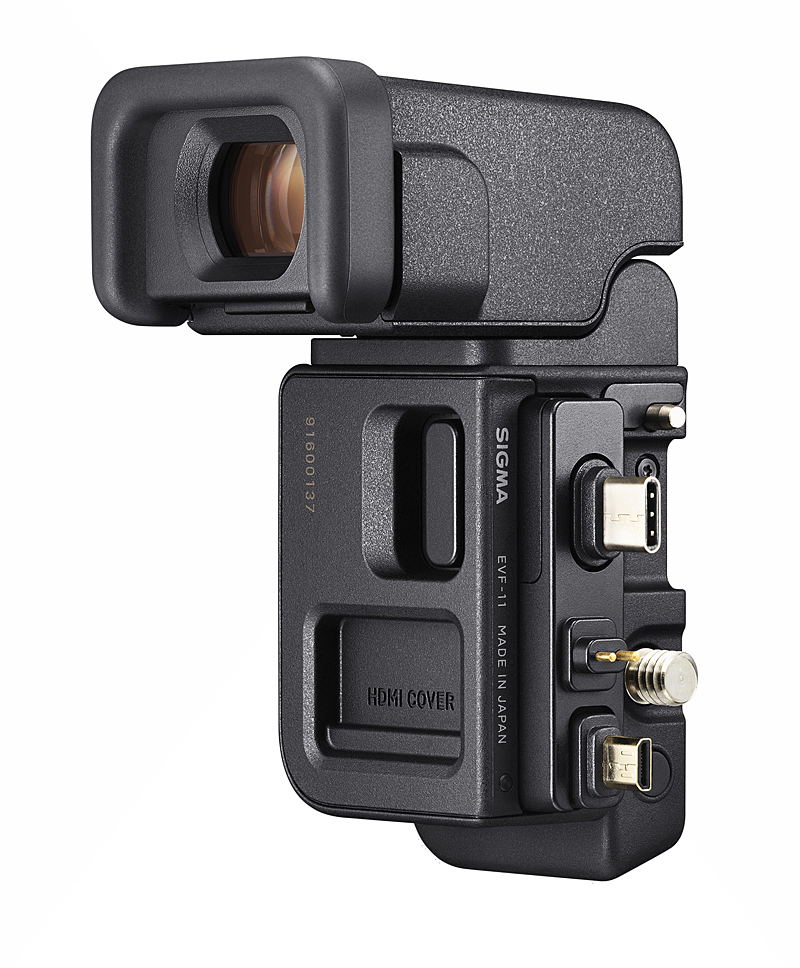
The electronic viewfinder, the EVF-11, I very much enjoyed using – it has a large dioptric range (-4 to +3), which I found particularly useful. I underwent eye-surgery at the end of 2020 on my “stronger” eye and the focus point of the eye has shifted significantly. Using the larger of the two rubber eye pieces that are supplied with the viewfinder, I was able to continue to use my glasses, and this, together with a good dioptric adjustment worked perfectly. The viewfinder slots nicely on the side of the camera, with a switch on the side changing between the rear screen and the electronic viewfinder. At 3.68MP / 0.83x Magnification it is provides a very nice image to work with. The 90° pivot of the viewfinder is a very nice touch and at the first location with the last(?) snows of the 20-21 winter, and what was going to be the start of a long day, I was keen to not have to lie on the ground …
Of course, I was keen not just to see that the SIGMA fp L would fit just as nicely into my “artistic workflow” as the SIGMA fp has done, but also to see the resolving power and quality of the new 61MP sensor (Bayer) and chose my locations and subjects accordingly.
The Heat Sink that was built into the SIGMA fp has of course been retained for the SIGMA fp L, which is very nice to see. Since I would expect the smaller pixels of a 61MP sensor to be slightly more prone to noise than the corresponding 24MP sensor in the original SIGMA fp, which controlled digital noise extremely well, here the Heat Sink will be even more important both for a prolonged stills shoot or with extended video work. That said, I would always choose the right camera for the right job and it might well be that for very low light / high ISO work, that I would reach for the SIGMA fp first, or, using the flexibility of the 61MP sensor, expect to do some pixel dumping before arriving at a final image. This brings home an important point about using a 61MP sensor – its not all about resolution, its also about flexibility!
My nature photography, does not often require fast and reliable focus tracking. A flower blowing in the wind or a butterfly crawling across a flower, as frustrating as they are, simply don’t require it. That said, the next time I visit the Cranes in northern Germany, I would very much hope that it delivers as I expect. In my hands the autofocus certainly felt faster than the SIGMA fp and tracking a few pedestrians/cyclists in passing seemed to work extremely well. I have had the opportunity to shoot a group of children playing on climbing frames – at the request of a group of parents – and thus I am very conscious of the spontaneity that fast Phase Detection Autofocus can bring.
So what about detail – 61 MP is, after all, a lot of pixels – Do you need it? Firstly, from my own perspective I exhibit works very often at a size of 100 x 150cm (see: Portrait). One of the many joys of working with a Foveon sensor, and why I have worked for many years with SIGMA cameras, is that this is entirely within the bounds of the quality of the data – See Just How Good Is SIGMA SFD-Mode. Without a doubt a 61MP Bayer sensor should be capable of reaching a similar level of detail reproduction. I found it very reassuring that SIGMA, at perhaps the expense of the very last trace of resolution, decided to include a weak Low-Pass-Filter in the SIGMA fp L. I do not like digital artefacts and I was very pleased to see the SIGMA fp L simply producing detail rich, very clean images – Exactly what I am used to achieving with my Foveon Sensor based SIGMA sd Quattro H camera for example. This, in combination with the extended ISO ranges (especially down to ISO 6 and a corresponding exposure time of up to 500 sec.), which has also been carried over from the SIGMA fp, makes the SIGMA fp L a tempting creative tool.
From some of the other features perhaps worth mentioning are two new colour modes: “Powder Blue” and “Dutone”. I always work from RAW image data from which one might quickly conclude that these are not relevant for me. However, as this following “Making-Of” image shows, where I was working with the SIGMA fp and a field monitor (exploiting the video heritage of the SIGMA fp for my still work), I can and do use the colour modes to visualise at the scene, how a particular artistic development of a composition might work. This, for me, can be very inspirational, even if the use of the colour mode per say will not find its way into the final image.

Of course, like its sibling, the SIGMA fp L is also a very competent video concept – For example: switching between stills and video photography using the dedicated switch on the top of the camera changes from a stills to a video specific user interface. Here, one new feature worth mentioning, is the saving and loading of camera settings via the generation and display of a QR-Code in camera. To be honest, I cannot imagine a time when I would need this for my stills photography. However, having now myself been actively involved in, and having undertaking, complex video shooting sessions using multiple SIGMA fp cameras, the idea is extremely appealing. It can be very wearisome, to ensure that 3 or 4 cameras are set up with identical settings. So having all the cameras load the settings from the same QR-Code can be not only a real time saver but can provide significant “peace-of-mind”.

“The more you use this camera, the more you want to use it …” that was what I originally wrote about the SIGMA fp and that is no different with the SIGMA fp L. It was with great reluctance that I had to part with the camera after such a short time … Like the SIGMA fp camera before it, the SIGMA fp L is fun: It makes you want to take pictures – I like that! The SIGMA fp L indeed makes a leap, more freedom, more flexibility, it is the same, it is different …
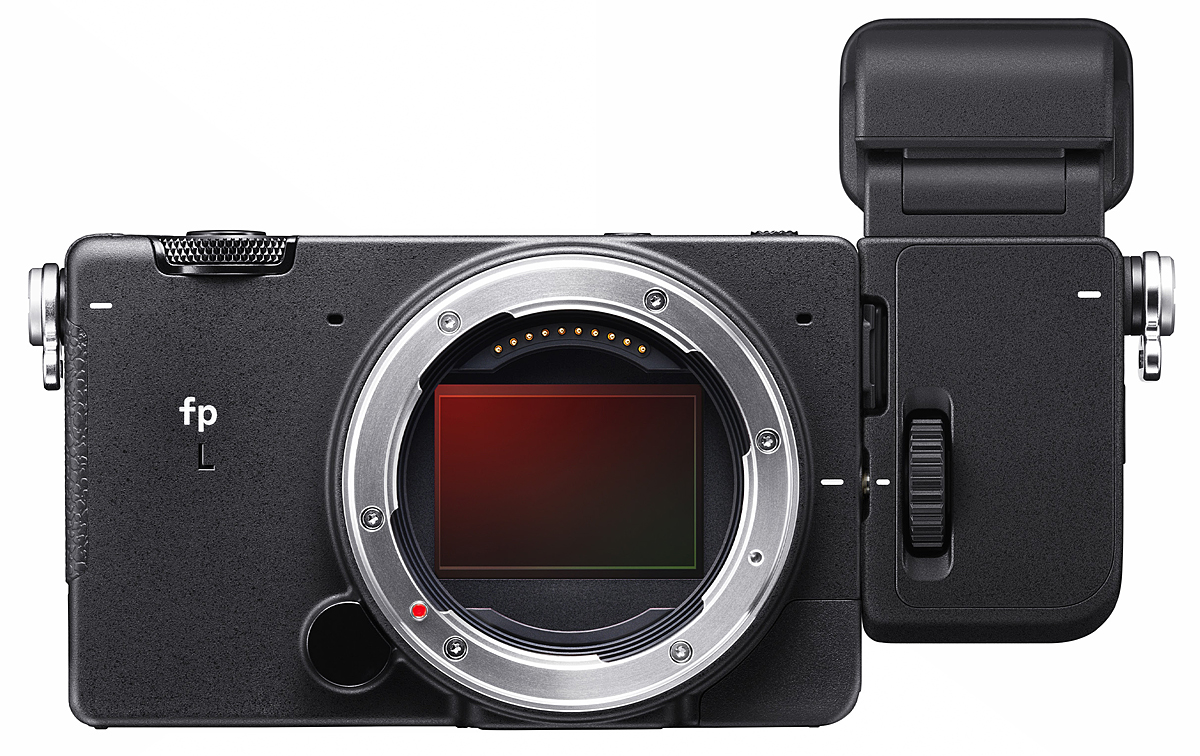
The pictures in this article were taken with the SIGMA fp L in combination with:
SIGMA 14-24mm F2.8 DG DN | Art
SIGMA 28mm F1.4 DG HSM | Art
SIGMA 40mm F1.4 DG HSM | Art
SIGMA 105mm F1.4 DG HSM | Art
SIGMA 105mm F2.8 DG DN MACRO | Art
SIGMA 70-200mm F2.8 DG OS HSM | Sports
SIGMA 100-400mm F5.6-6.3 DG DN OS | Contemporary



